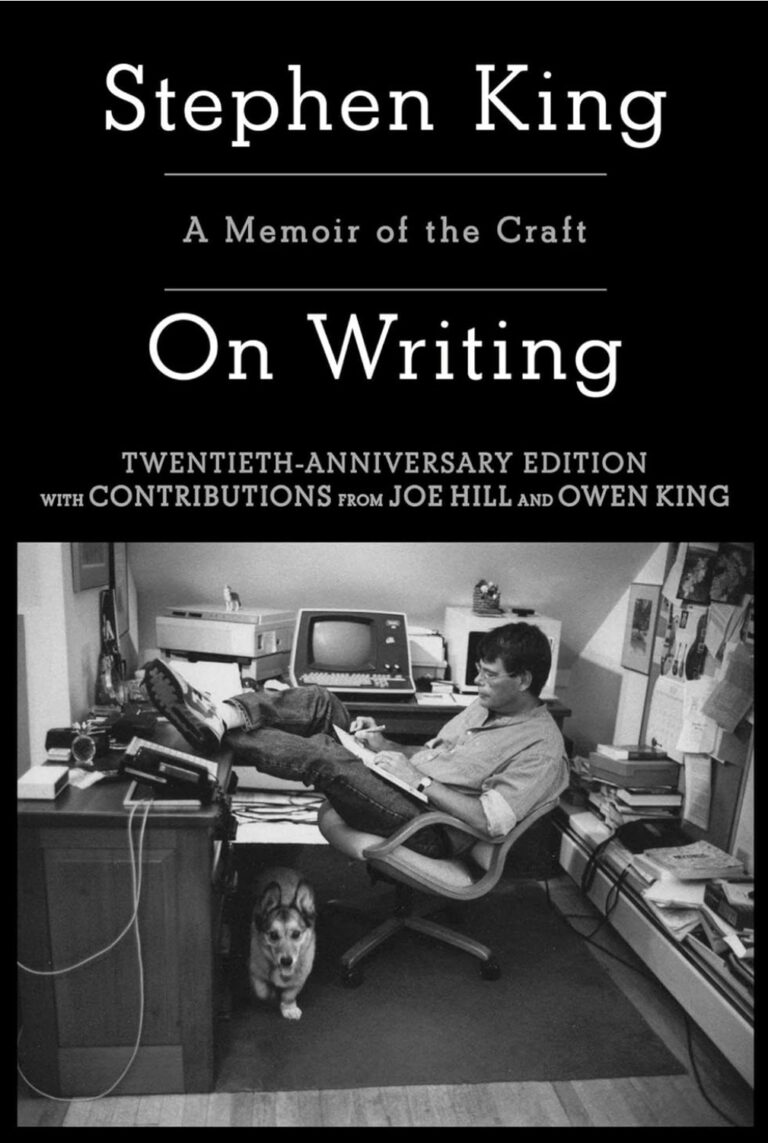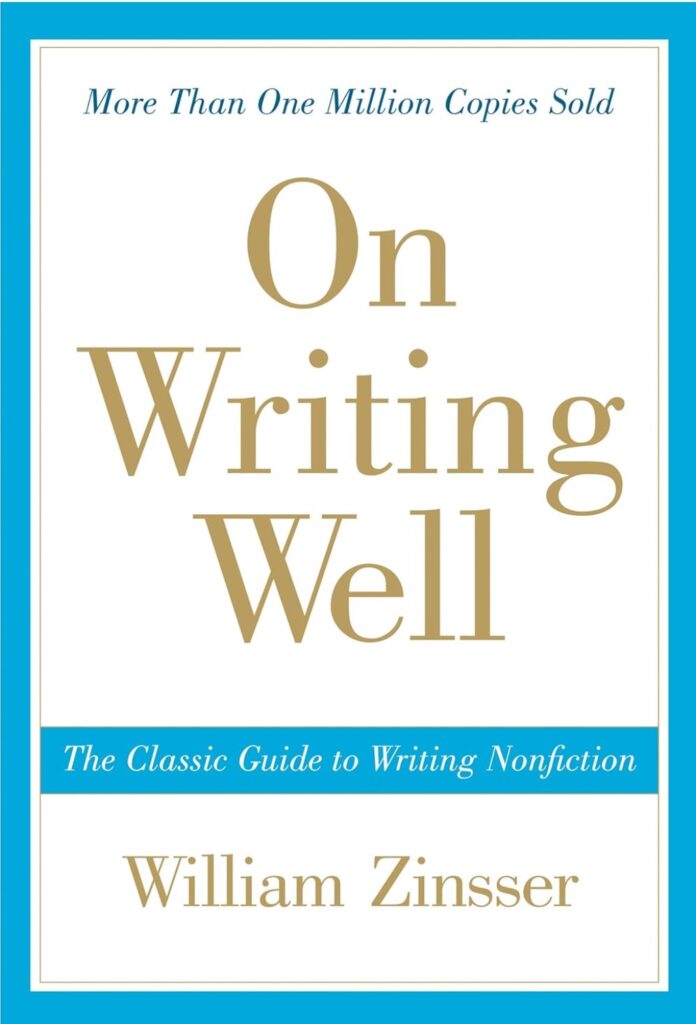As a romance author who writes insta-love stories featuring aliens, paranormal creatures, and unusual scenarios, I understand the unique challenge of evoking strong emotions in a short format.
Creating a compelling emotional experience within limited word count requires a careful balance of character development, plot structure, and vivid descriptions.
Drawing from my own writing journey, I’d like to share some effective techniques to help you evoke powerful emotions in your short romance novels.
Table of Contents
ToggleCrafting Deeply Relatable Characters
Building Emotional Depth
In my experience, one of the most effective ways to evoke strong emotions is by creating characters that readers can connect with on a deep level. This involves giving your characters rich backstories, clear motivations, and relatable flaws.
For example, in a novella I wrote about a human and a shape-shifting alien, I delved into the alien’s sense of isolation and the human’s struggle with past traumas, making their emotional journey together more compelling.
To build emotional depth, think about your characters’ past experiences and how these shape their current behaviors and interactions. What are their fears and desires? How do these influence their decisions and relationships? By creating multidimensional characters, you can evoke empathy and emotional investment from your readers.
Showcasing Vulnerability
I’ve found that showcasing vulnerability can significantly enhance emotional connection. Characters who are open about their fears and insecurities are more relatable and engaging.
In a story about a werewolf and a human, the werewolf’s fear of losing control and the human’s fear of the unknown added layers of tension and emotional intensity to their relationship.
Consider how your characters can reveal their vulnerabilities. What moments of weakness can they share with each other? These moments of honesty can create powerful emotional bonds and drive the narrative forward.
Developing a Compelling Plot
Creating High Stakes
High stakes are essential for keeping readers emotionally invested. In my stories, I often introduce external threats or personal dilemmas that challenge the characters’ relationship.
For example, in a novella about a human and a ghost, the impending danger of a malevolent spirit heightened the urgency of their romance and kept readers on the edge of their seats.
Consider what external and internal conflicts can raise the stakes in your story. How do these challenges impact your characters’ relationship? By creating high stakes, you can maintain tension and keep readers emotionally engaged.
Pacing the Emotional Journey
In my experience, pacing is crucial for building emotional intensity. Balancing moments of high tension with quieter, reflective scenes allows readers to process and feel the characters’ emotions more deeply.
In a tale about a human and a fae, I alternated between action-packed sequences and intimate moments of connection, creating a rhythm that enhanced the emotional impact.
Think about how you can pace your story to maximize emotional engagement. When should your characters face challenges? When should they share tender moments? This balance can make your story more dynamic and emotionally resonant.
Using Sensory Details to Enhance Emotion
Engaging the Senses
Sensory details can bring your story to life and evoke strong emotional responses from readers. In my stories, I focus on describing sights, sounds, smells, tastes, and textures to immerse readers in the characters’ experiences.
For instance, in a novella about a human and a dragon shifter, I described the heat of the dragon’s breath and the roughness of their scales to create a vivid, immersive experience.
Consider how you can engage the senses in your writing. What details can you include to make scenes more tangible and emotionally powerful? By using sensory language, you can create a more immersive and emotionally charged narrative.
Symbolism and Metaphor
I’ve found that using symbolism and metaphor can deepen the emotional resonance of a story. Symbolic elements can represent characters’ inner struggles and emotions, adding layers of meaning to the narrative.
In a story about a human and a mermaid, the ocean symbolized the mermaid’s longing for freedom and the human’s fear of the unknown.
Think about how you can incorporate symbolism and metaphor into your story. What objects or settings can represent your characters’ emotions? These elements can add depth and emotional richness to your narrative.
Creating Emotional Resonance
Building to an Emotional Climax
In my experience, building to an emotional climax can leave a lasting impact on readers. This involves carefully crafting the narrative to lead up to a pivotal moment of emotional intensity.
In a novella about a human and a vampire, the climax occurred when the vampire had to choose between his nature and his love for the human, creating a powerful and memorable moment.
Consider how you can build to an emotional climax in your story. What events lead up to this moment? How do your characters’ emotions culminate in this scene? By creating a well-crafted climax, you can leave a lasting emotional impression on your readers.
Providing Emotional Resolution
While high stakes and intense emotions are essential, providing emotional resolution is equally important. I’ve found that resolving the characters’ emotional journeys can leave readers satisfied and emotionally fulfilled.
In a story about a human and an alien diplomat, the resolution came when they found a way to bridge their cultural differences and commit to each other.
Think about how you can provide emotional resolution in your story. How do your characters find closure and growth? This resolution can give readers a sense of completion and emotional satisfaction.
Final Thoughts
Evoking strong emotions in short romance novels involves a blend of deep character development, compelling plot, and vivid sensory details.
By creating relatable characters, developing a dynamic plot, and using sensory language, you can craft emotionally engaging stories that resonate with readers.
Consistency and attention to detail are key to creating believable and immersive emotional experiences. In my experience, maintaining character integrity and pacing the emotional journey effectively enhances the overall impact of the story.
Additionally, seeking feedback from readers and fellow writers can provide valuable insights and help refine your narrative.
I’ve applied these techniques in my own writing, enriching my stories and connecting more deeply with my readers.
For anyone writing insta-love romance, especially within the realms of paranormal and sci-fi, these strategies can elevate your storytelling and create unforgettable emotional experiences.
If you’re ready to evoke strong emotions in your short romance novels, I encourage you to explore these techniques and let your creativity flourish.
Happy writing!











































